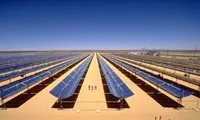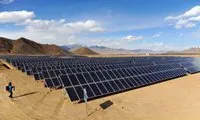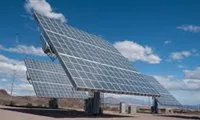- Application
- Products
- Partner Network
- Customer Support
- News
- About us
Solar Energy Knowledge
The sun is the largest energy source ever.
The sun is the star at the center of our solar system. Inside of this huge nuclear reactor energy hydrogen is melted down to helium at temperatures of 15 Million degrees. This process produces energy.
At the surface of the sun, temperatures are extremely high with approx. 5700°C. From its surface light and heat is distributed into space. Parts of the radiation from the sun reach the earth surface and can be converted into energy by solar power plants.
According to estimates, the sun daily provides the global energy demand of eight years.
Different kinds of solar power plants
CSP (Concentrated Solar Power)

CSP systems use lenses or mirrors and tracking systems to bundle a large area of sunlight into a small beam. The concentrated heat is then used as a heat source for a conventional power plant.
PV (Photovoltaic)

A solar cell, or PV cell, is a device that converts light into electric current using the photoelectric ef-fect.
CPV (Concentrated Photovoltaics)

Contrary to conventional PV systems, CPV uses lenses and curved mirrors to bundle sunlight onto small, but highly efficient solar cells.
